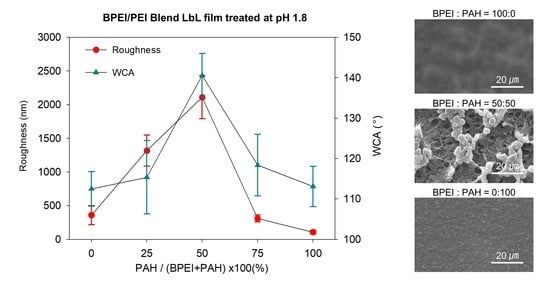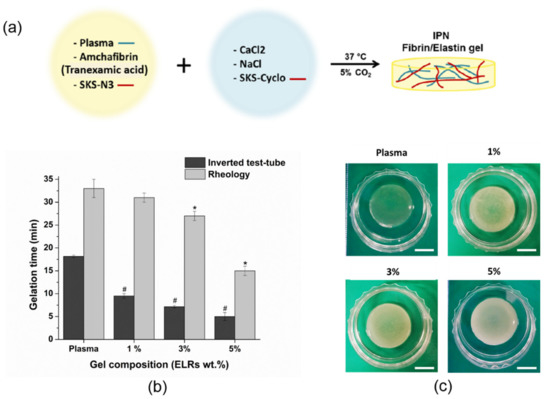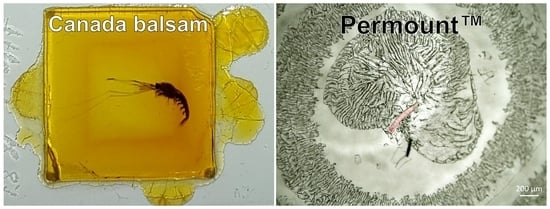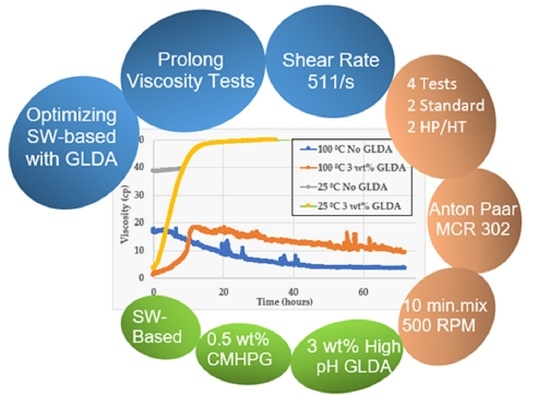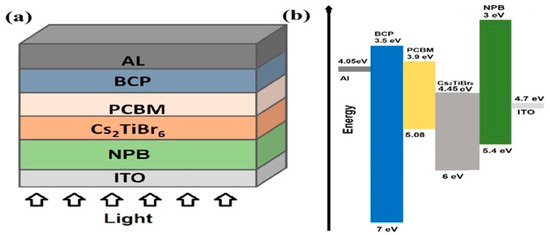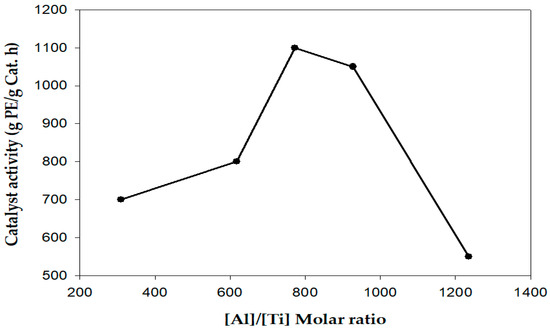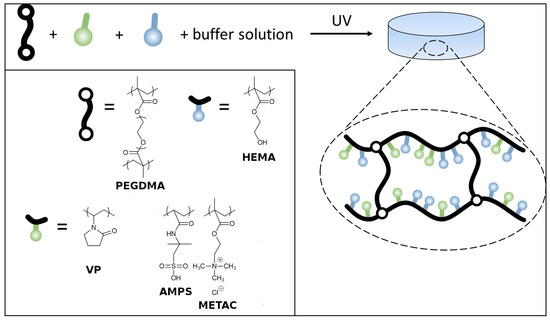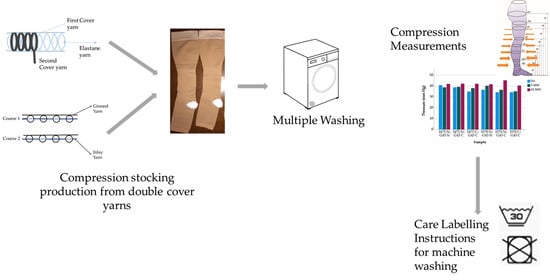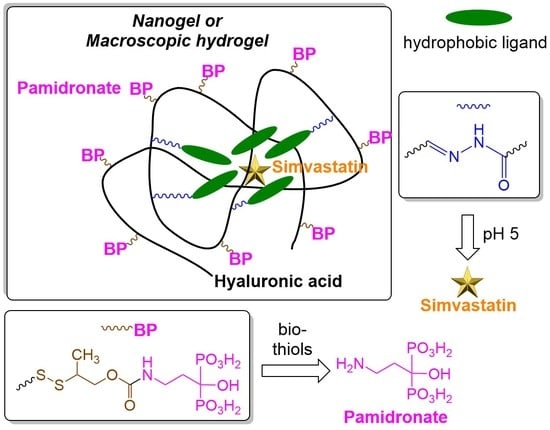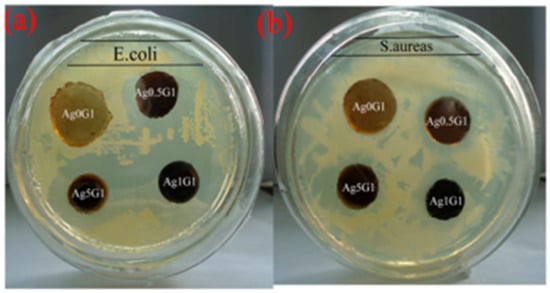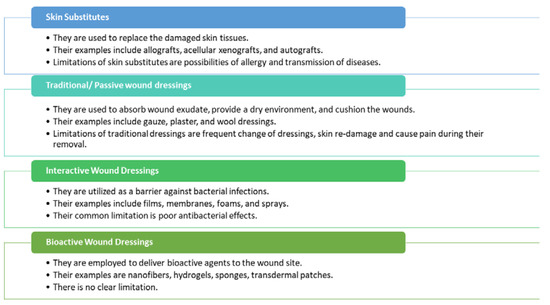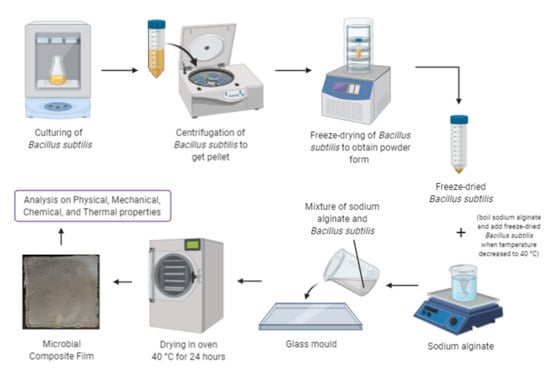Polymers 2021, 13(13), 2116; https://doi.org/10.3390/polym13132116 - 28 Jun 2021
Cited by 11 | Viewed by 2523
Abstract
Porous layer-by-layer (LbL) films have been employed for the implementation of superwetting surfaces, but they are limited to the LbL films consisting of only two oppositely charged polyelectrolytes. In this study, LbL films were assembled using a cationic polymer blend of branched poly(ethylene
[...] Read more.
Porous layer-by-layer (LbL) films have been employed for the implementation of superwetting surfaces, but they are limited to the LbL films consisting of only two oppositely charged polyelectrolytes. In this study, LbL films were assembled using a cationic polymer blend of branched poly(ethylene imine) (BPEI) and poly(allylamine hydrochloride) (PAH), and anionic poly(acrylic acid); they were then acid-treated at pH 1.8–2.0 to create a porous structure. The films of 100% BPEI exhibited a relatively smooth surface, whereas those of the 100% PAH exhibited porous surfaces. However, various surface morphologies were obtained when BPEI and PAH were blended. When coated with fluorinated silane, films with 50% and 100% PAH exhibited relatively higher water contact angles (WCAs). In particular, films with 50% PAH exhibited the highest WCA of 140–150° when treated at pH 1.8. These fluorinated films were further infused with lubricant oil to determine their feasibility as slippery surfaces. The water and oil sliding angles were in the range of 10–20° and 5–10°, respectively. Films prepared with the BPEI/PAH blend showed lower water slide angles than those prepared with 100% BPEI or PAH. Acid treatment of LbL films assembled using a polyelectrolyte blend can effectively control surface morphologies and can potentially be applied in superwetting.
Full article
(This article belongs to the Section Polymer Applications)
►
Show Figures
